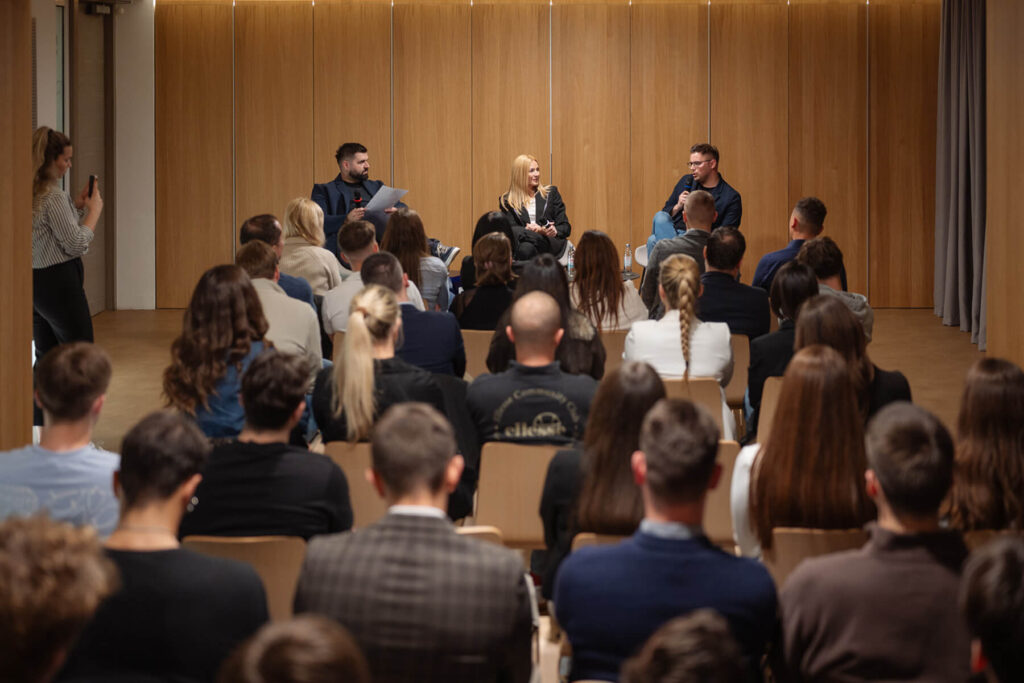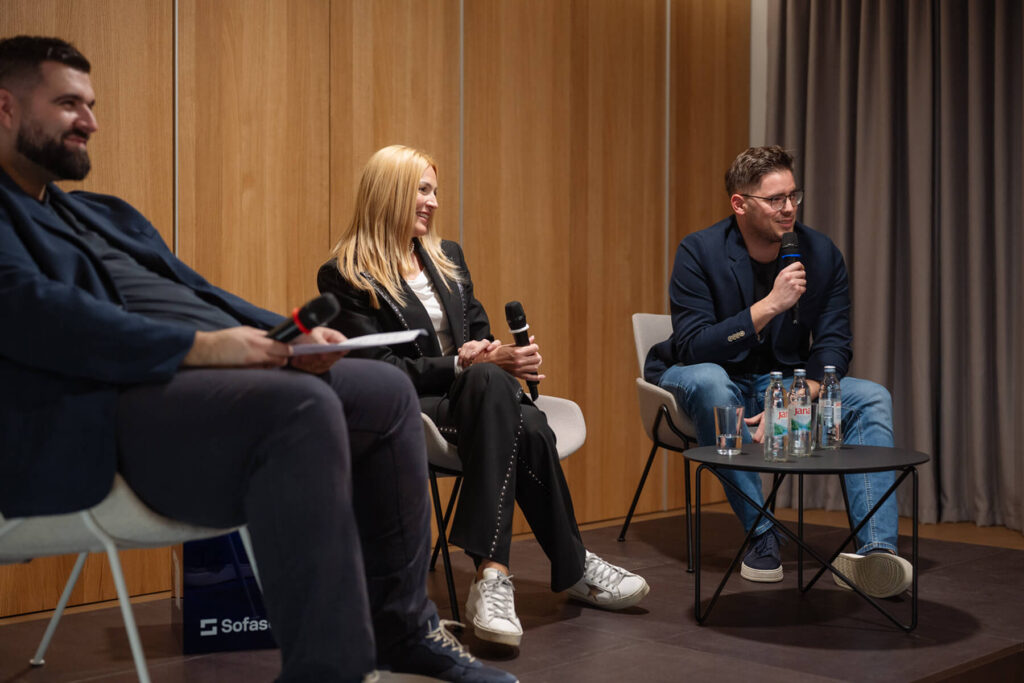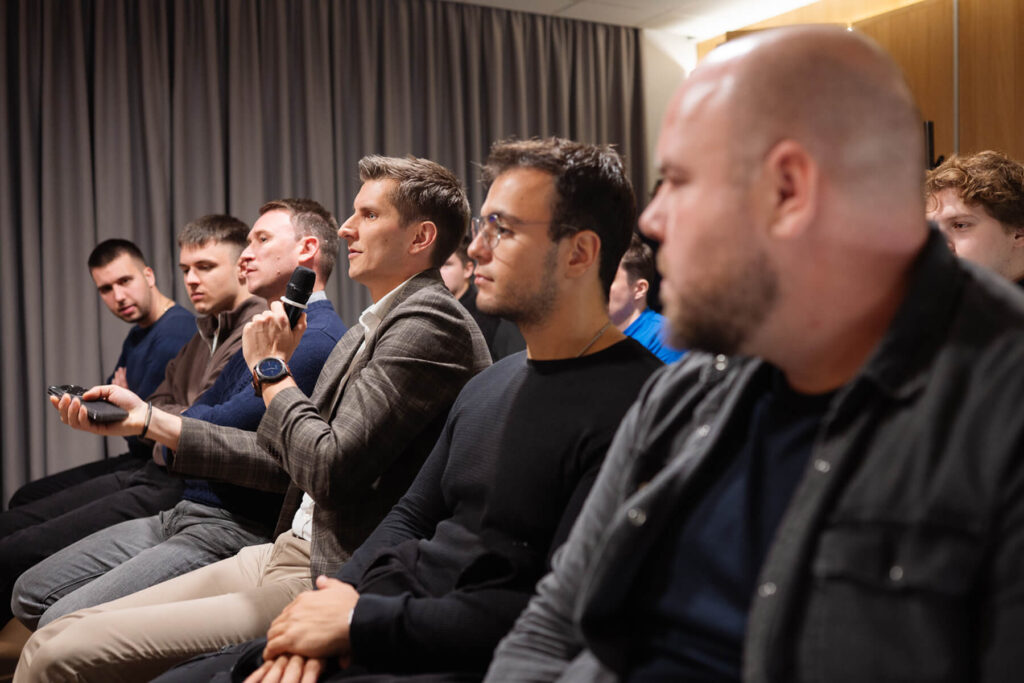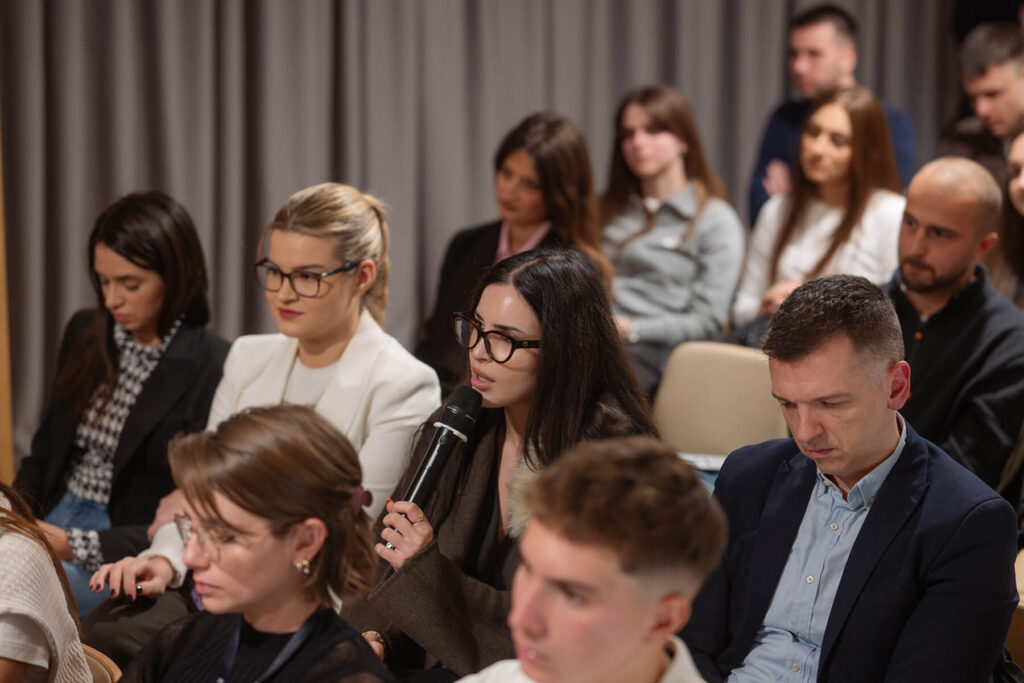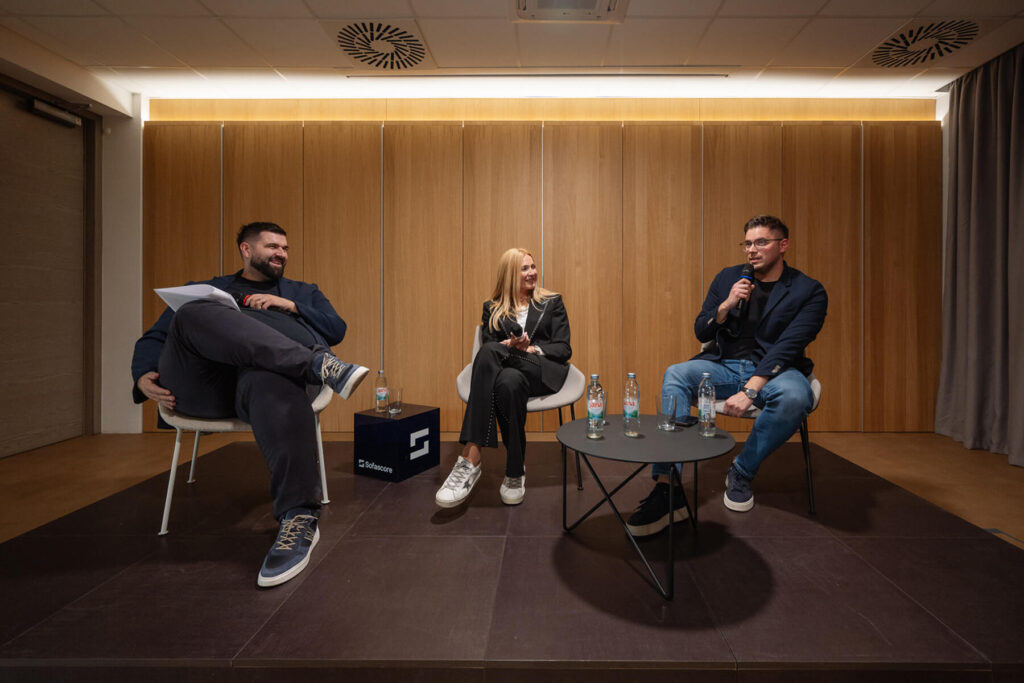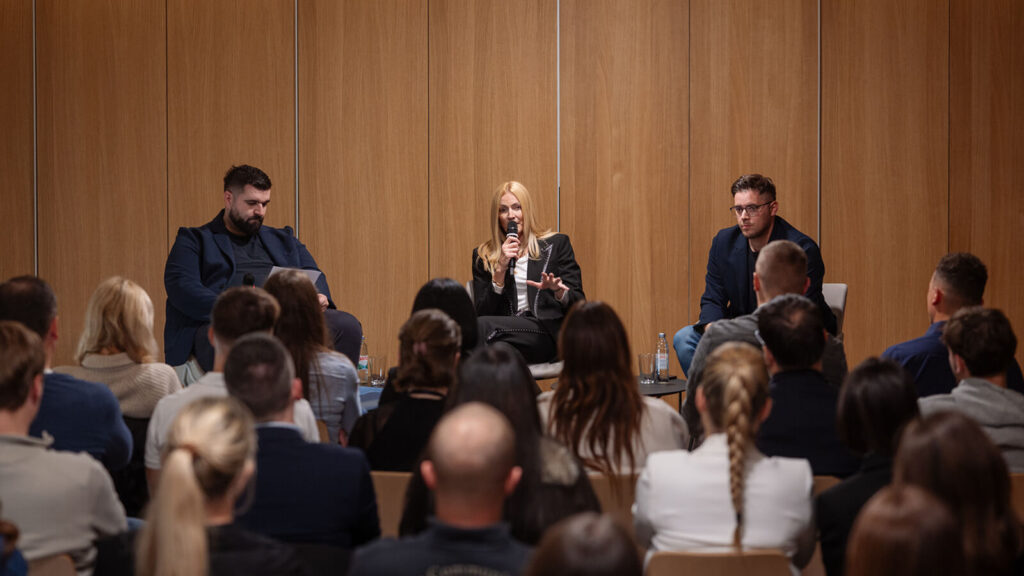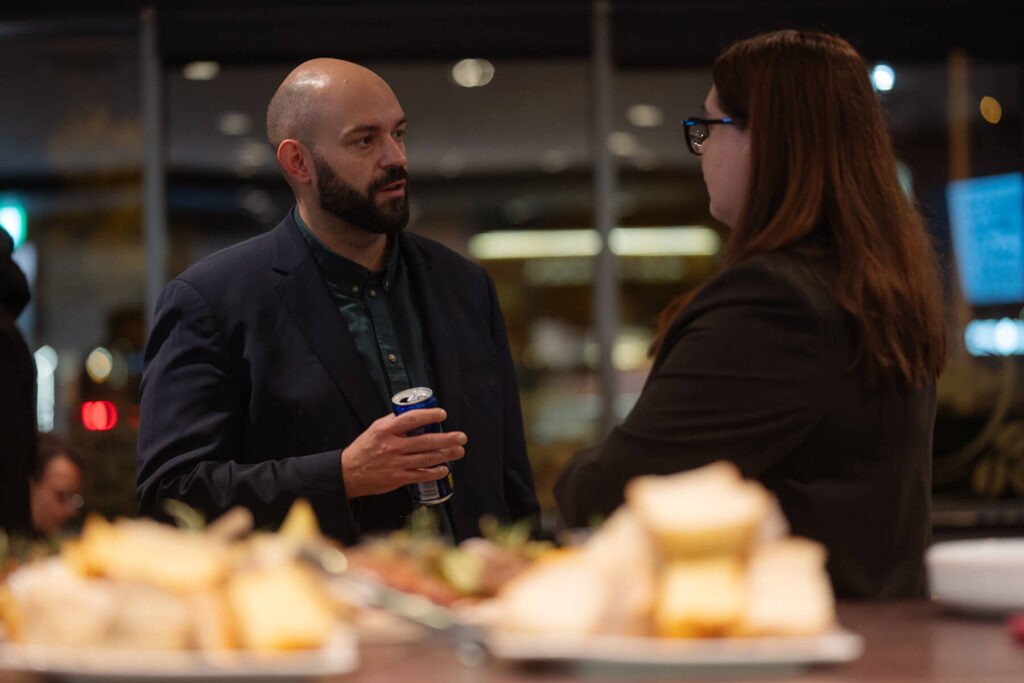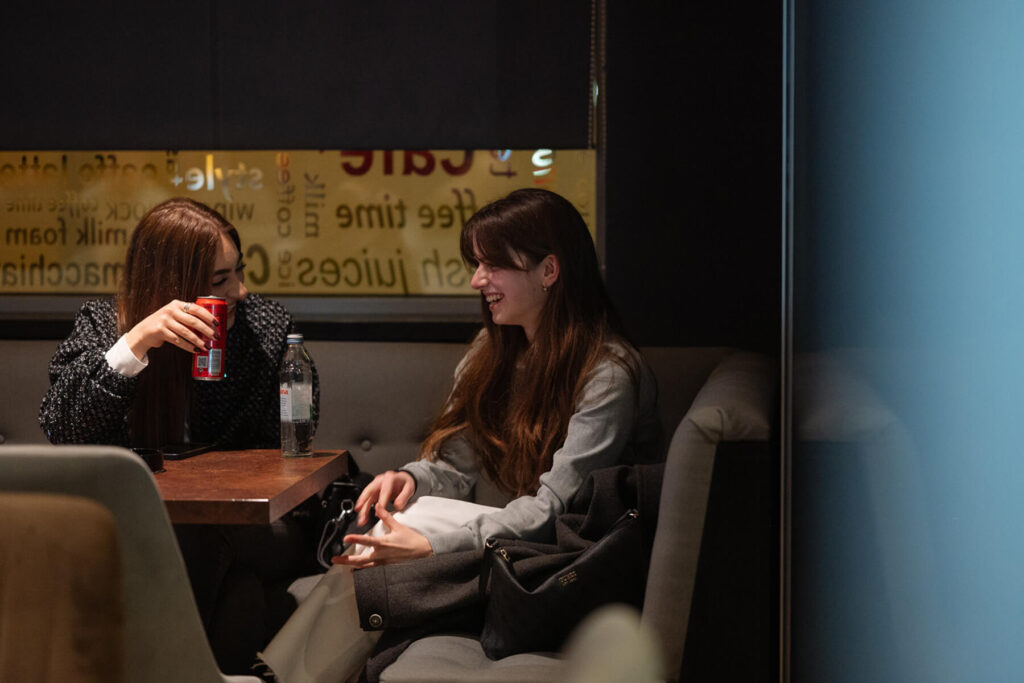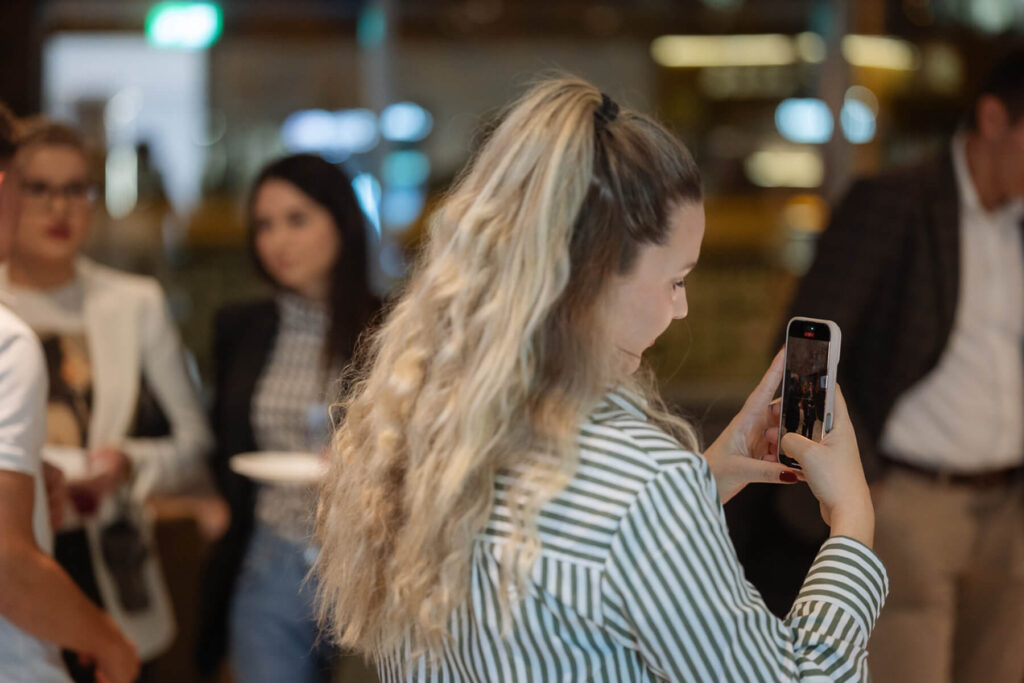In today’s sports world, attention is the most valuable currency. Fans no longer just watch a match – they scroll, react, and switch between multiple screens at once. That’s why brands, clubs, and media platforms are fighting for every second of fan engagement.
Yesterday’s Sofascore Stadium Meetup discussed exactly that challenge, bringing together marketing experts from Hisense and GNK Dinamo to discuss the future of sports advertising – and how emotion and data can work together to keep fans connected.

The conversation was moderated by David Mrkonjić, Sofascore’s Head of Brand Revenue, who guided the discussion through real examples and insights on how brands can bring their A-game in the competition for fan attention.
The Power of Emotion in Sports Branding
Alenka Potočnik Anžič, Marketing Director at Hisense and President of RK Celje, explained how sponsorships play a key role in establishing a brand’s identity. With Hisense’s European headquarters based in Slovenia, their partnerships stretch from UEFA and the FIFA Club World Cup to clubs like PSG, Real Madrid, Inter Milan, and Sporting CP.
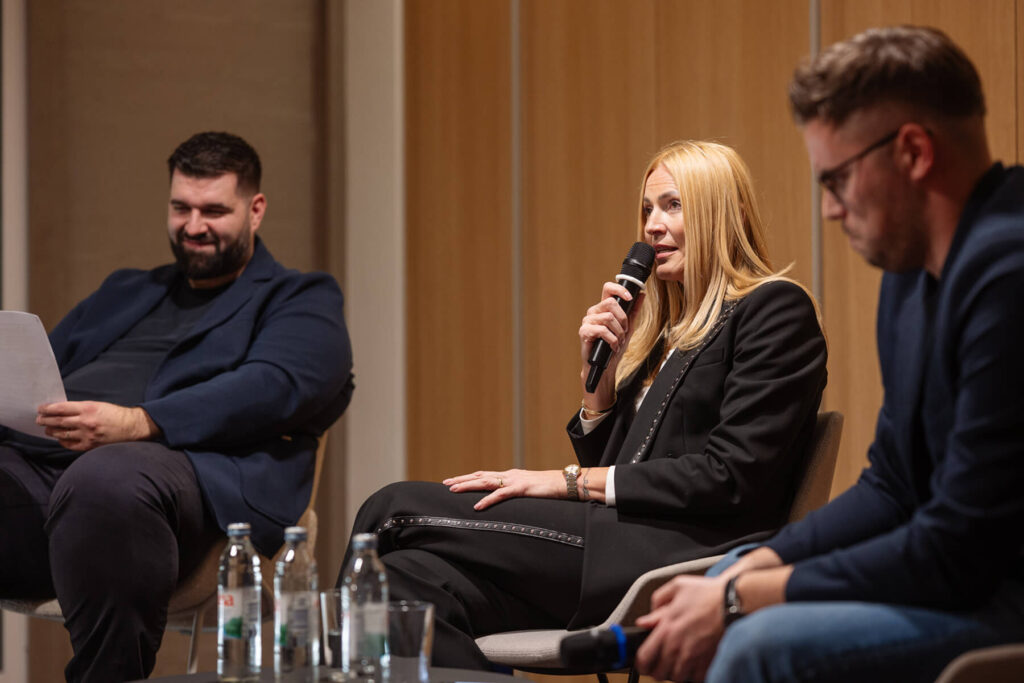
While some sponsorships are decided globally, the regional teams have the job of turning them into meaningful local campaigns. “It’s great that our HQ can afford big sponsorships,” Alenka said. “We do need to adapt campaigns for local markets, but that is today far more easier with AI technology.”
Hisense’s sponsorship of the FIFA Club World Cup initially raised concerns about media visibility in Europe, since DAZN was the main broadcaster. Their solution? A simple but effective message – “Watch free on Hisense TV” – paired with Sofascore’s match statistics. The campaign achieved impressive cost-per-click results and proved that sponsorships can directly impact sales, not just awareness.
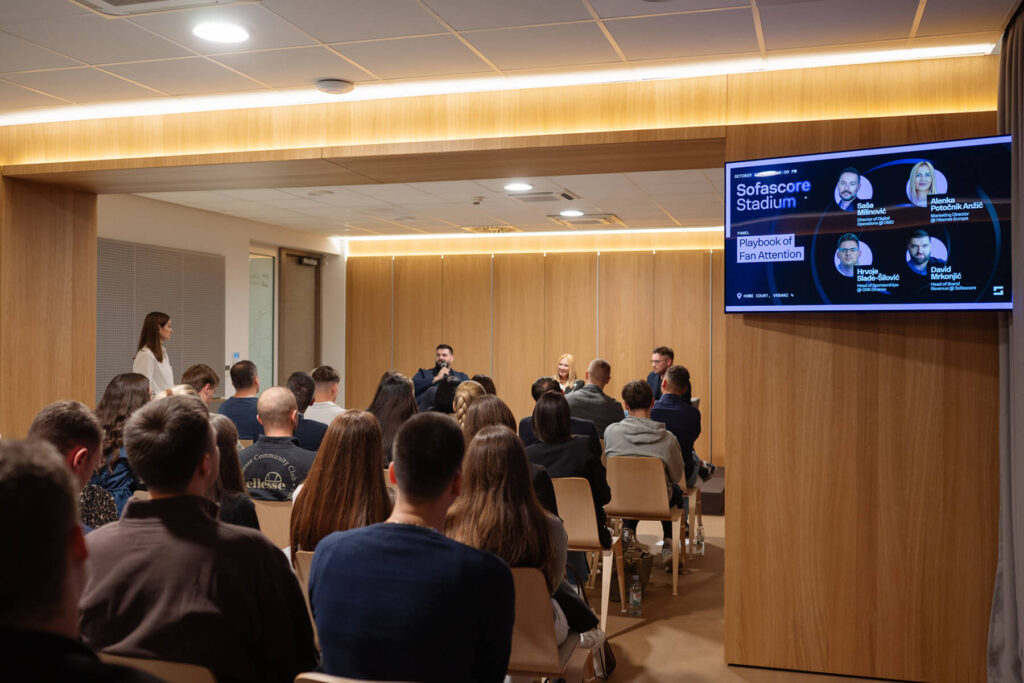
Dinamo’s Game Plan: From Stadium to Smartphone
Hrvoje Slade-Šilović, Head of Sponsorships at GNK Dinamo, knows what it takes to keep over 50 sponsors engaged with one of the region’s biggest clubs. “Sponsors today are looking for digital integration and gamified experiences,” he said.
Dinamo’s recent examples include fan voting through the club’s app for Player of the Month, with winners meeting the players in person, and interactive activations with Hrvatski Telekom, where fans can watch matches from the HT Magenta couch inside the stadium.
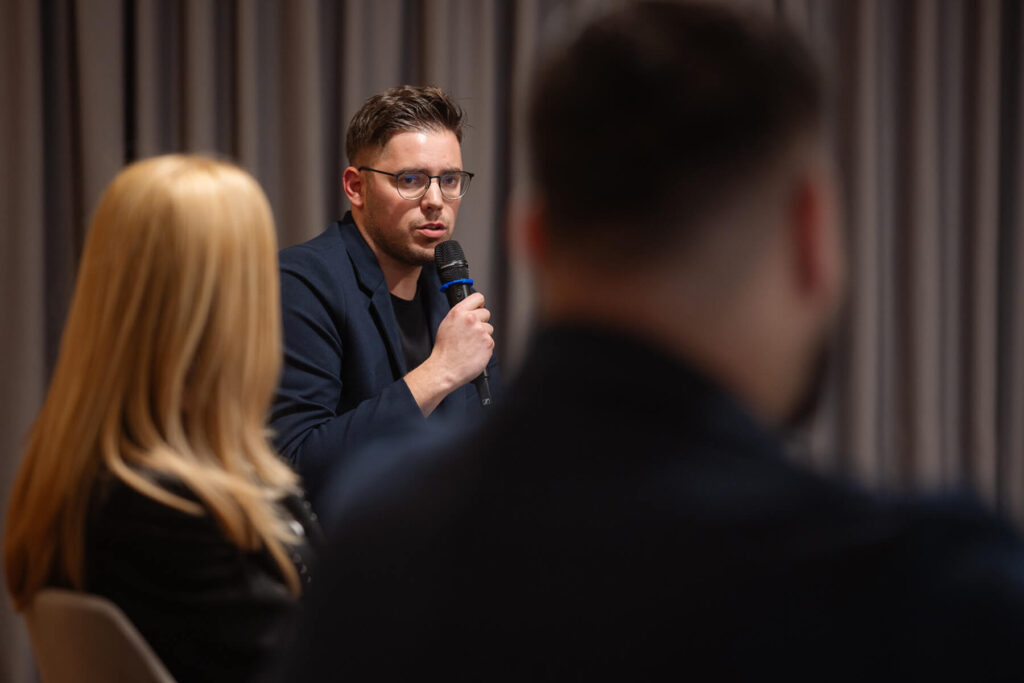
Beyond B2B hospitality and VIP boxes, Dinamo is developing more fan-focused experiences, expanding far beyond Zagreb thanks to the club’s rich academy tradition. Fourteen players from Dinamo’s academy featured in Croatia’s 2018 World Cup final lineup – a legacy that helps the club attract sponsors from across the country.
Capturing Attention: The New Currency
Both speakers agreed that short attention spans are reshaping sports marketing. For Dinamo, TikTok has become the go-to channel for native, short-form content aimed at Gen Z, while upcoming campaigns will reach schools with educational content about health and nutrition.

For Hisense, the ‘second screen’ phenomenon, where fans scroll while watching, is an opportunity. “Social media allows us to transform how we communicate,” Alenka noted. “We can reach people even while they’re watching the game.”
Beyond Numbers: The Human Side of Sponsorships
As Alenka put it, media visibility, brand alignment, market compatibility, and sales potential all matter, but numbers alone don’t make a successful partnership. “It’s also about the people behind the deals, the creativity they bring, and the emotional connection they create.”
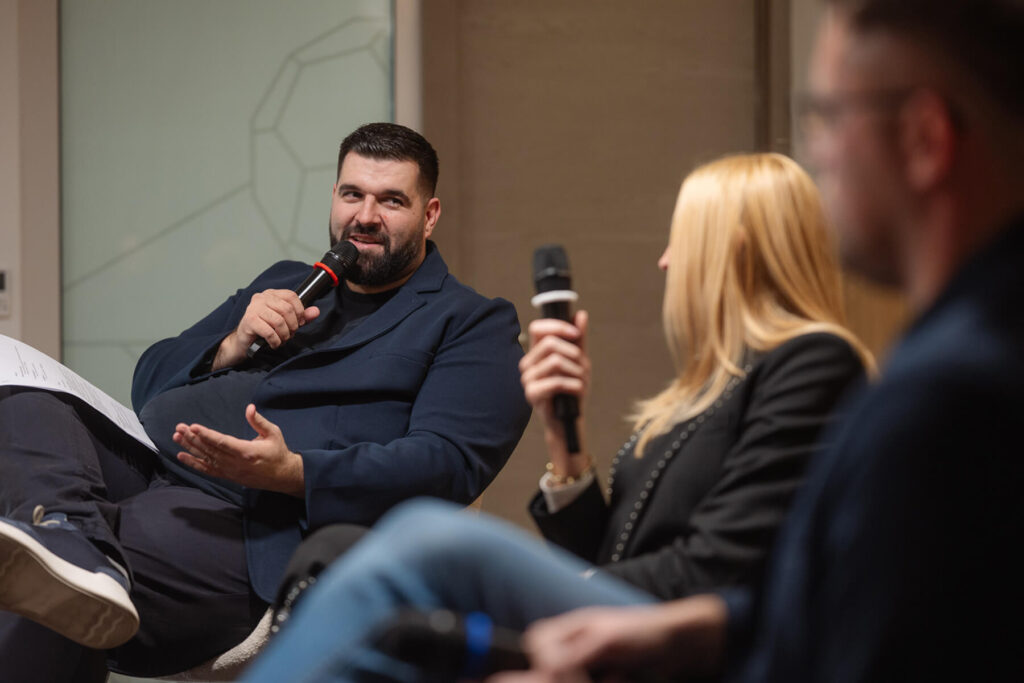
Hrvoje added that continuity is key: “Balanced marketing strategies take time to prove stability. Fans and partners need to feel the brand is consistent.”
At the end of the day, both agreed that attention has become the new goal, and winning it requires a smart mix of innovation, relevance, and emotion.

After the panel, guests continued the conversation in a relaxed networking session. A perfect mix of industry insights, new connections, and shared passion for sports.
Check out the whole gallery here:


